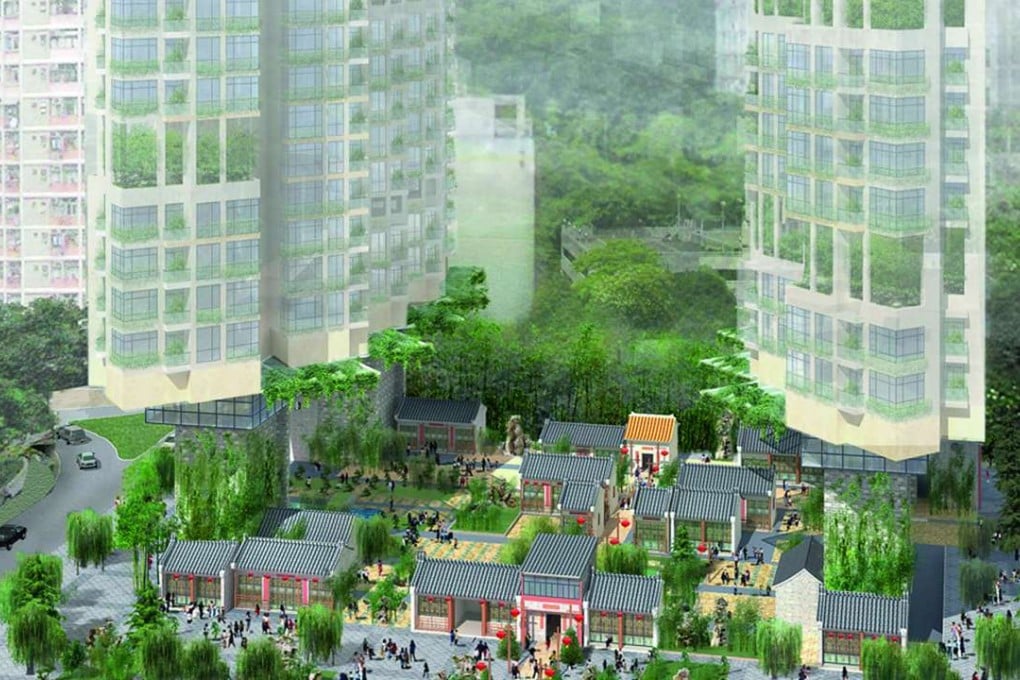New | Here’s how to retain a little personality in Hong Kong’s concrete jungle
Cohesive city planning to add personality and jazz into the neighbourhood

It’s no secret that, for the last two decades, Hong Kong has been undergoing somewhat of an identity crisis, one that has filtered down to the very essence of our neighbourhoods.
While older districts such as Wanchai and Sham Shui Po are still generally chock-a-block with personality, with their cluttered array of boutiques and diverse demographic, many of the so-called new towns, built for function over form, are still considered “second-rate.”
That’s according to Bernard Lim, founder of local architectural firm AD+RG.
“Tin Shui Wai is the worst,” said Lim. “Not only is it monolithic, it’s also an incredibly car-driven town.”
The architect, who founded the Institute of Urban Design in 2010, notes that “there aren’t many friendly public spaces [in Tin Shui Wai]. Those living in public housing estates find it hard to venture out to Kingswood Villas – where the only mall in the neighbourhood is. Tin Shui Wai was also developed at a time when it was commonplace to adopt a cookie-cutter model in architecture, so all the housing estates and public schools look the same.”
Shatin is the oldest of the new towns but, ironically, has the most successful design. Built during the 1970s, the neighbourhood was designed with two provisos in mind: walkability and accessibility.
